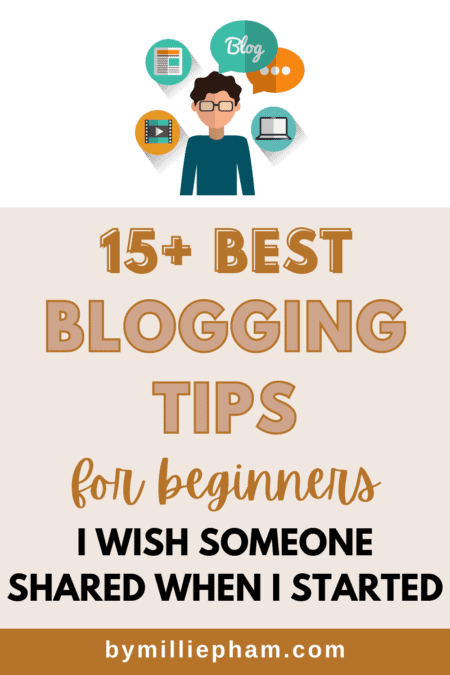Are you feeling a bit intimidated by the idea of starting a blog this year? Don't worry, you're not alone.
As a fellow blogger, I understand just how daunting it can be to create content that stands out in today's crowded online landscape.
But the good news is, with the right blogging tips, marketing your content and developing a solid strategy becomes much easier.
That's why I'm excited to share 15 essential blogging tips that I've learned from my own experience.
These tips are designed specifically for beginners and will help you create content that connects with your audience, build a solid online presence, and grow your blog in 2024.
So, let's dive in and explore the top blogging tips!
15 Blogging Tips for Beginners in 2024
1. Choose a domain name that gives you chances to pivot
Your domain name sets the tone for your blog and can make a significant impact on its success.
When selecting a domain name, finding the sweet spot between being too specific and limiting your options is crucial.
You want a name that sticks in people's minds, is easy to spell, and reflects your brand's values and personality.
As for me, I chose to use my name as my domain name, which adds a personal touch to my brand and provides me with room to pivot in the future.

But there are many creative approaches you can take.
Whatever name you choose, make sure that you are content with it for the long term, as changing it later can be a complicated and time-consuming process.
2. Publish high-quality and helpful content once a week
It's important to ensure that every blog post you publish is well-written, easy to read, and offers real value to your readers.
Your blog posts should be optimized for search engines (SEO) and provide answers to your target audience's queries.
Also, consistency is key, so make a writing schedule that works for you, and try to publish at least one blog post a week.
By doing so, you'll keep your readers engaged and coming back for more. Remember, the quality of your blog content is more important than the quantity.
3. Use a reliable web hosting service
You want a hosting service that is dependable, secure and provides fast loading times for your website, along with excellent customer service (as a beginner blogger, technical challenges can be complicated and time-consuming to figure out on your own)
With so many options out there, it's important to do your research and choose a hosting service that meets your specific needs.
A reliable WordPress web hosting service will ensure that your website is up and running smoothly and that your readers can easily access your content.
One of my top picks is HostArmada.
There are many affordable hosting services, but why choose HostArmada?
First, they are budget-friendly. And second, they have outstanding customer service.
When you first start a blog, you want someone who can help you with the technical part, and HostArmada always provides me with reliable and efficient support whenever I have problems.
4. Install a content management system (CMS) like WordPress to manage your blog
Installing a content management system (CMS) like WordPress is an important step in managing your blog.
WordPress is one of the most popular CMS platforms and for good reason. It's user-friendly and customizable and allows you to easily manage and publish your blog content.
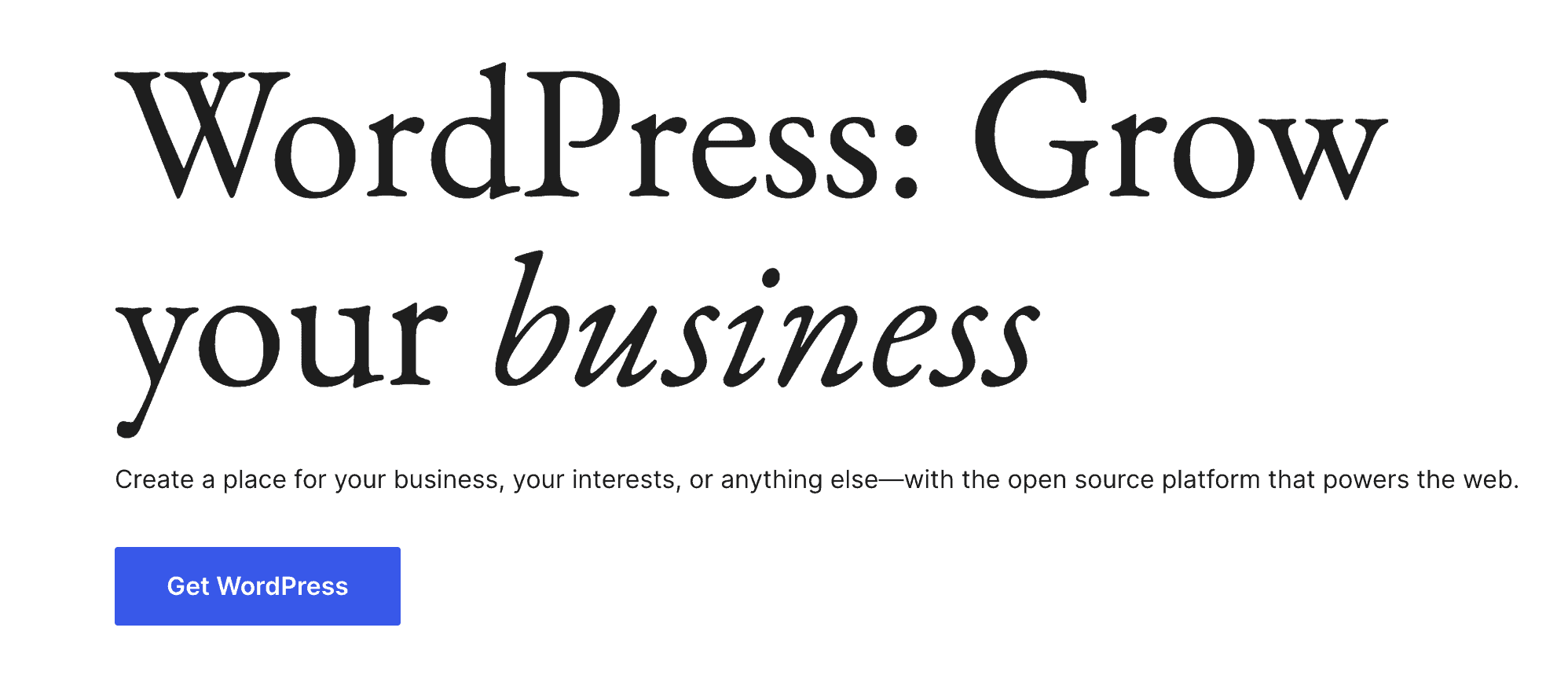
With a wide range of plugins and themes available, you can easily add new features to your blog and customize the look and feel to fit your brand.
Plus, with regular updates and a large community of developers, WordPress remains a reliable and secure option for bloggers.
Installing WordPress is a simple process, and once you have it up and running, you'll wonder how you ever managed your blog without it.
5. De-prioritize website design at the start, but at the same time, don't neglect it
It's easy to get caught up in the design and appearance of your website when you start your first blog.
However, it's important to remember that design should not be the main focus, especially at the beginning when your website doesn't rank.
Instead, prioritize creating high-quality content that provides value to your readers.
It's better to have a simple, clean design that allows your content to shine than a flashy website that doesn't provide much substance.
In the early stages of your blog, focus on writing and publishing quality posts that will attract readers and build your reputation as a credible source in your niche.
Remember, content is king, and design can always be improved later on.
But, but, but...
Don't make it too unappealing, because when you do cold outreach for guest posts, they do check your website.
And if your website is somewhat 'unattractive,' no one will want to collaborate with you, right?
So the essence here is:
Clean and simple website design is enough for new blog websites!
6. Build links to your website for domain authority
Getting people to visit your blog can be tough, especially if you're just starting out.
However, building links to your website can make all the difference in improving your search rankings and attracting new readers.
When other trusted websites link to your content, it shows search engines that your site is credible and trustworthy.
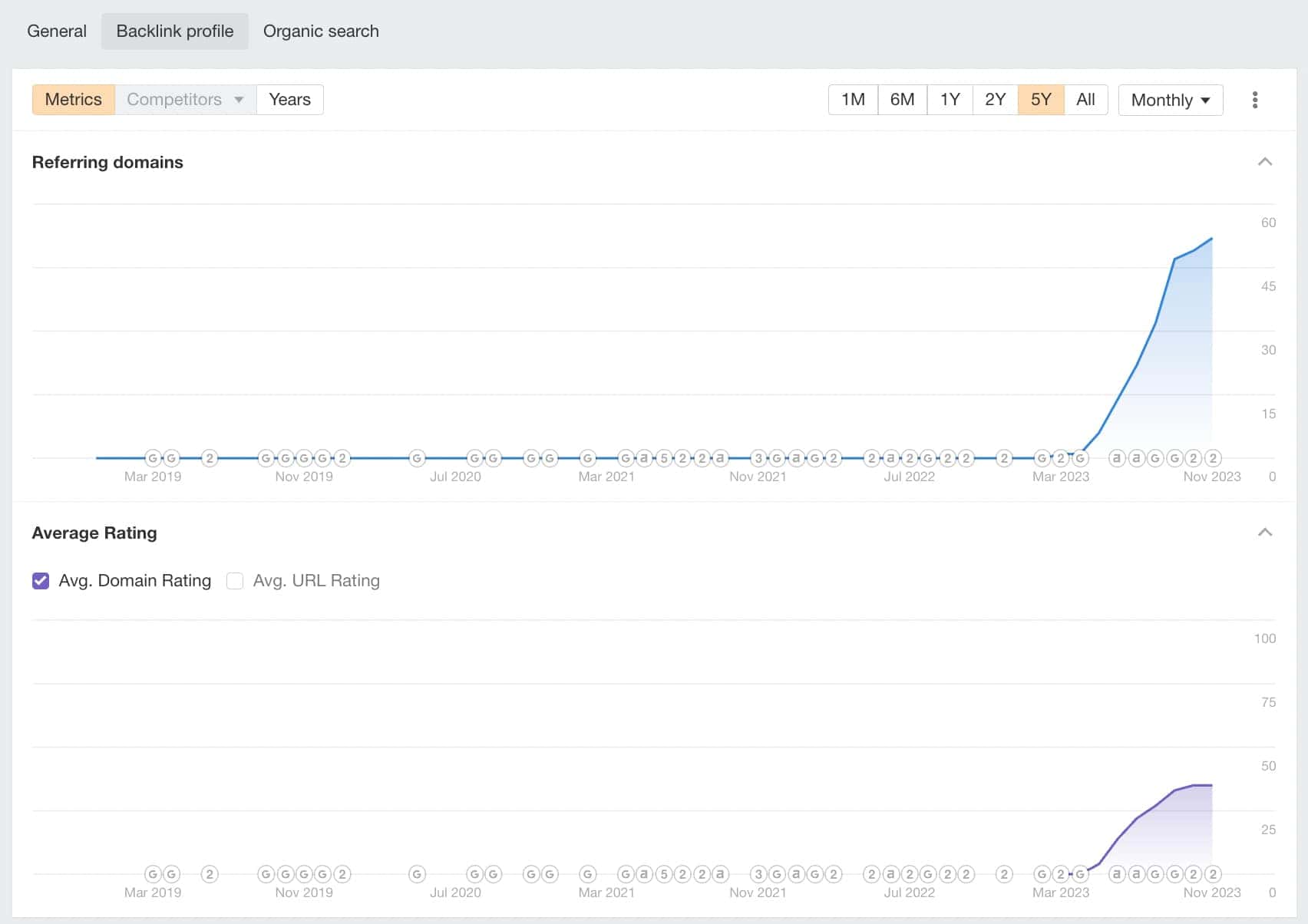
Plus, building links helps establish your expertise, authority, and trustworthiness in your niche - aka your E-E-A-T score.
I know some people may say that link-building is a waste of time, but with AI tools and chatbots like Jasper making it easier to create great content, the competition is tougher than ever.
Did you know that each month, 70 million new posts are published on Wordpress? [1]
In this scenario, having more links can give you a competitive edge.
So don't be shy about reaching out to other bloggers or websites in your niche to ask to contribute a guest post.
The more links you have, the better your chances of ranking higher in search results and growing your readership.
Here are some of my personal tips for guest post outreach:
- Do research on the content manager or website owner to personalize your pitch. Instead of sending 100 emails that are the same and will likely land in the spam box, target just 5 per day that are highly personalized.
- Use a business email to send your cold emails
- Add some personal flair to your communication (I use funny GIFs).
- Include a signature for professionalism.
- Follow up at least three times, but don't do it manually. Use cold email software like Success.ai to automate the process and ensure consistency.
7. Use Affiliate Display Boxes
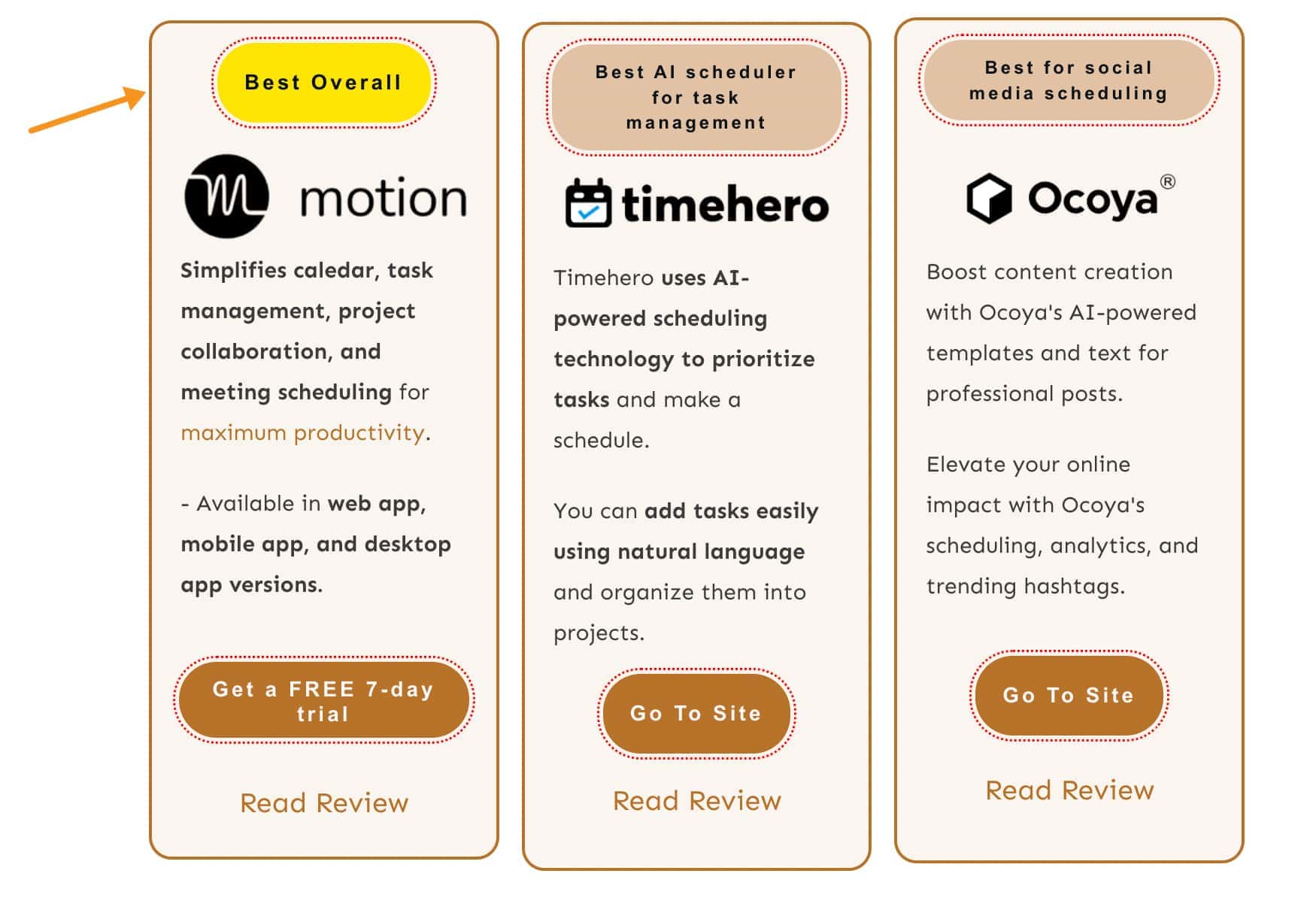
Using affiliate display boxes can be a powerful way to increase your blog's affiliate sales.
With affiliate display boxes, you can easily showcase products that you recommend to your readers and earn a commission for any clicks or purchases made through your unique affiliate link.
Not only do display boxes make it easy for readers to click and buy, but they can also help increase your conversion rate.
I personally use Thrive Architect to help me design attractive and effective display boxes that seamlessly integrate with my blog's layout and content.
And be sure to only promote products that you believe in and that are relevant to your niche.
This will help build trust with your readers and ensure that your recommendations are genuine.
8. Do Keyword Research
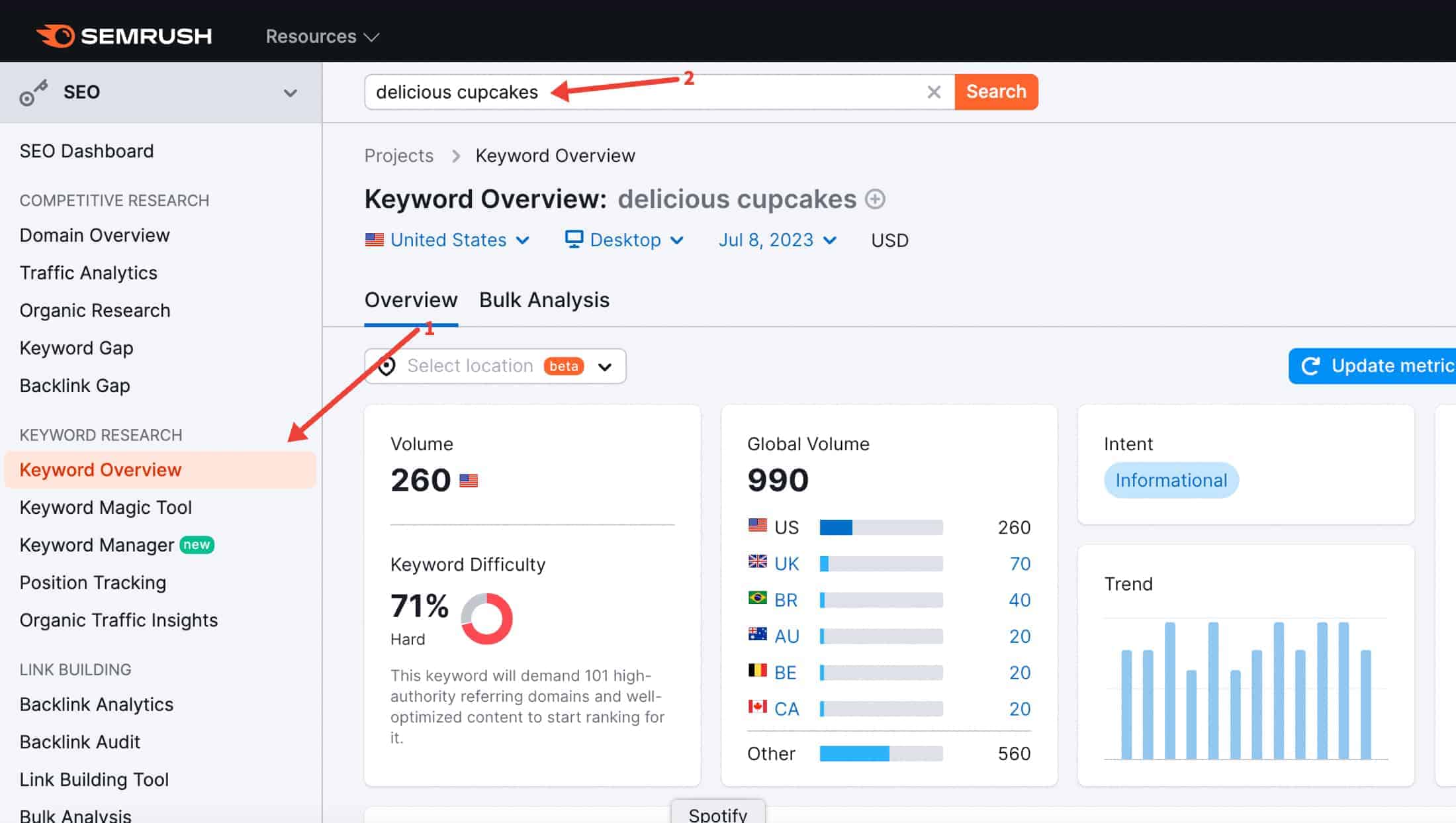
Keyword research is the backbone of any successful blogging strategy.
By using software tools such as Ahrefs or SEMrush, you can find out what people are searching for in your niche and tailor your content to their needs.
These tools help you identify keywords with high search volumes and low competition, giving you an edge in search engine rankings.
It's an essential step in any blogger's journey, and investing time and effort into it can pay off in the form of increased traffic, higher click-through rates, and ultimately, better conversions.
9. Don't forget to check the grammar before you hit publish
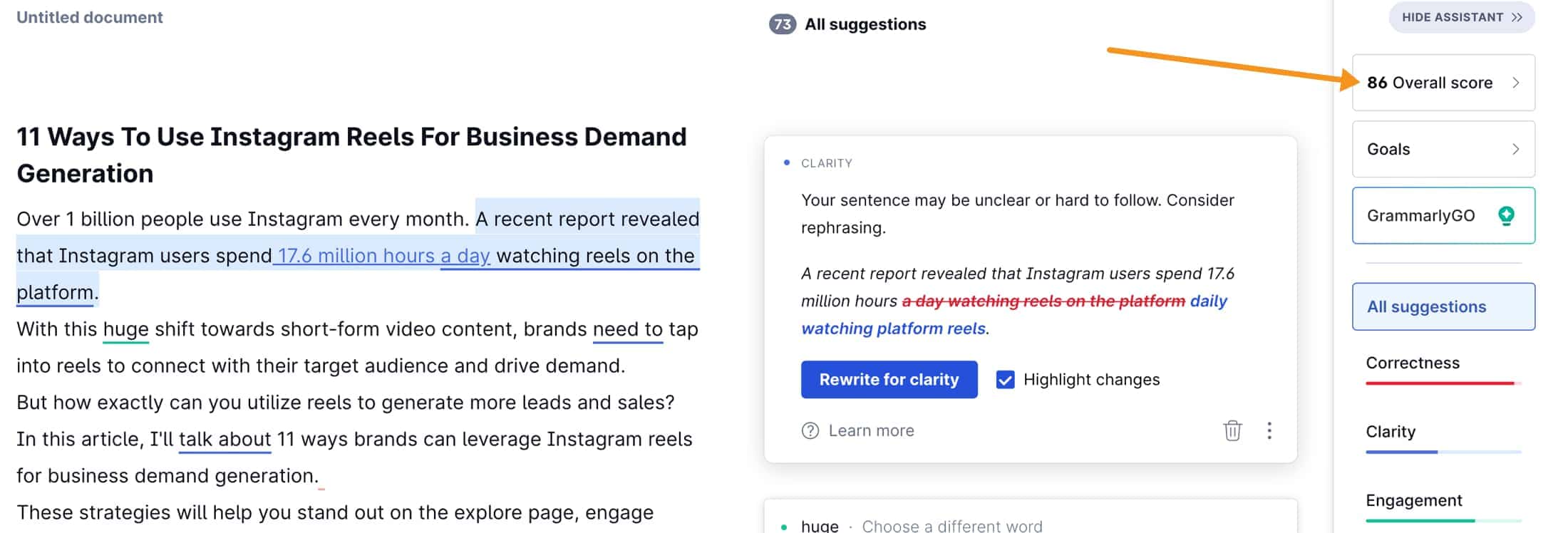
Before hitting that publish button, it's crucial to take the time to proofread your blog posts and check for any grammar or spelling errors.
Even small mistakes can detract from the overall quality of your content and make it less appealing to readers.
One of the best ways to catch errors is to read your post out loud, as this can help you spot mistakes that you might not notice when reading silently.
It's also a good idea to use grammar and spelling checkers like Grammarly to catch any errors that you might have missed.
Your blog is a reflection of your brand and your credibility as a writer, so it's important to make sure that your content is well-written and error-free.
Taking the time to check for grammar and spelling errors can make a big difference in the overall quality and impact of your blog posts.
10. Choose a Light WordPress Theme
When you're starting a blog, it can be tempting to choose a flashy WordPress theme that looks great, but it's important to consider the impact it may have on your website speed and ultimately your search engine ranking.
A theme that's heavy on graphics and features can slow down your website, which can lead to a poor user experience and lower search engine rankings.
A faster website not only enhances the user experience but also sends a signal to search engines that your site is well-optimized, which can boost your search engine rankings.
So, before you choose a WordPress theme for your blog, do your research and find one that is lightweight and optimized for speed.
This can have a big impact on the success of your blog in the long run.
11. Use Social Media To Promote Your Blog
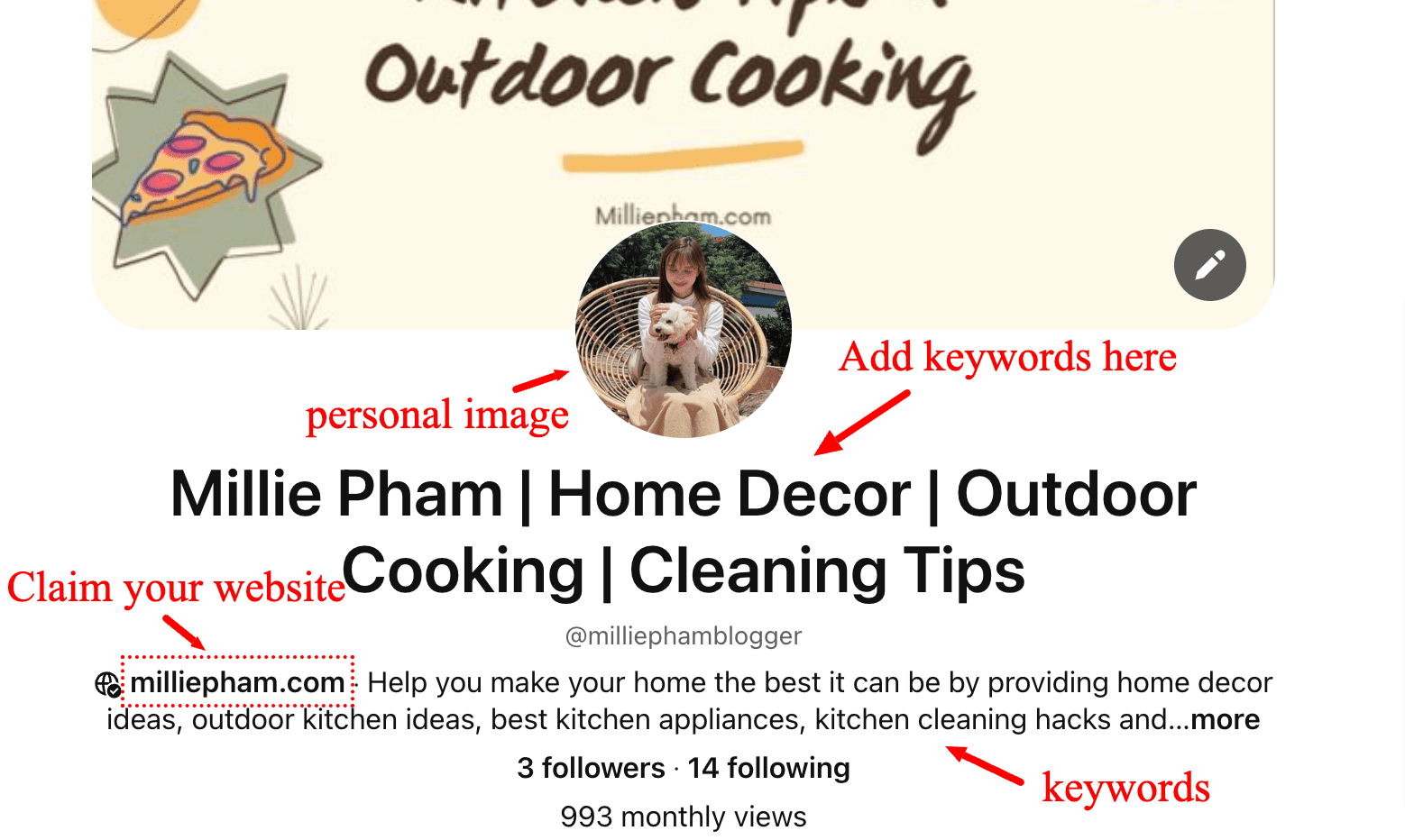
If you're looking for a way to get your blog out there faster, don't forget to take advantage of social media platforms.
Pinterest is one of my favorites and can be a great way to promote your blog to a wider audience.
To really make an impact on Pinterest, I recommend using a solid Pinterest strategy that focuses on creating eye-catching graphics, optimizing your pins for search, and engaging with your followers.
There are plenty of helpful Pinterest guides available online that can help you improve your Pinterest game, like the Perfecting Pinterest course.
But it's important to keep in mind that social media is just one piece of the puzzle when it comes to promoting your blog.
It's important to also focus on creating quality content that resonates with your audience and keeps them coming back for more.
12. Use AI to speed up your content creation process
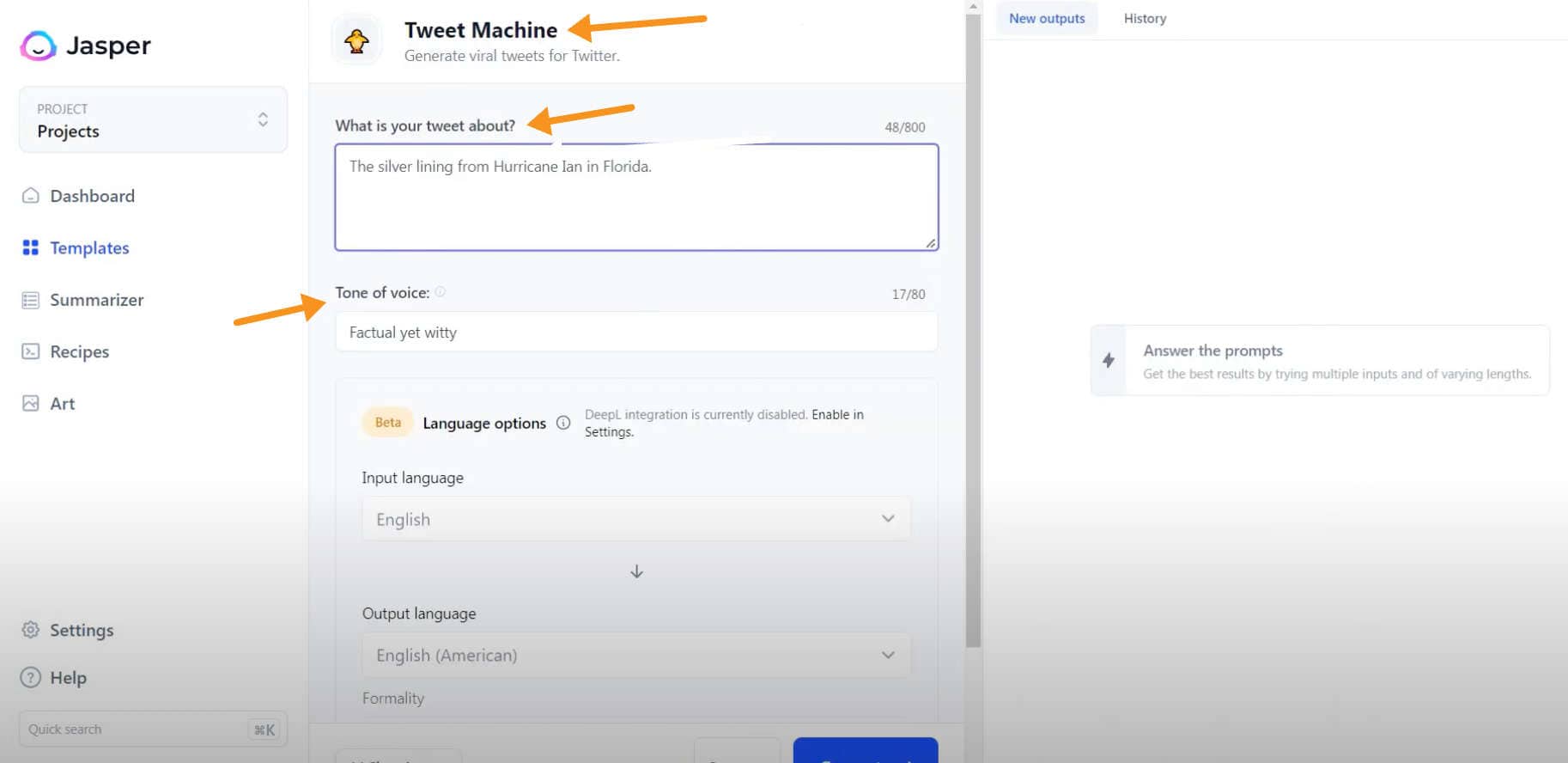
When it comes to writing articles, sometimes the hardest part is just getting started. That's where Jasper, an AI writing assistant, comes in.
Imagine you're stuck with a topic and need a little nudge to get those creative juices flowing. Jasper can be that nudge.
It's not about replacing your unique voice or ideas; it's more like having a helpful friend who gives you a starting point for your articles.
With Jasper, you can develop your content strategy more efficiently.
It suggests outlines, helps with drafts, and even offers ideas you might not have thought of.
This AI tool is like a boost to your writing process, making it easier to produce quality content more consistently.
It's perfect for those moments when you know what you want to say but aren't sure how to say it.
So, if you're looking to streamline your content creation and keep your blog fresh and interesting, giving Jasper a try might just be the smart move you need.
13. Update your blog posts once every 6 months
Updating your blog posts every six months is a smart move. It keeps your content fresh and helps get more readers.
Bloggers who update their posts often get a lot more traffic. Query Hunter (My review here) is a great tool for this. It quickly shows you which posts need a refresh and what new keywords to use.
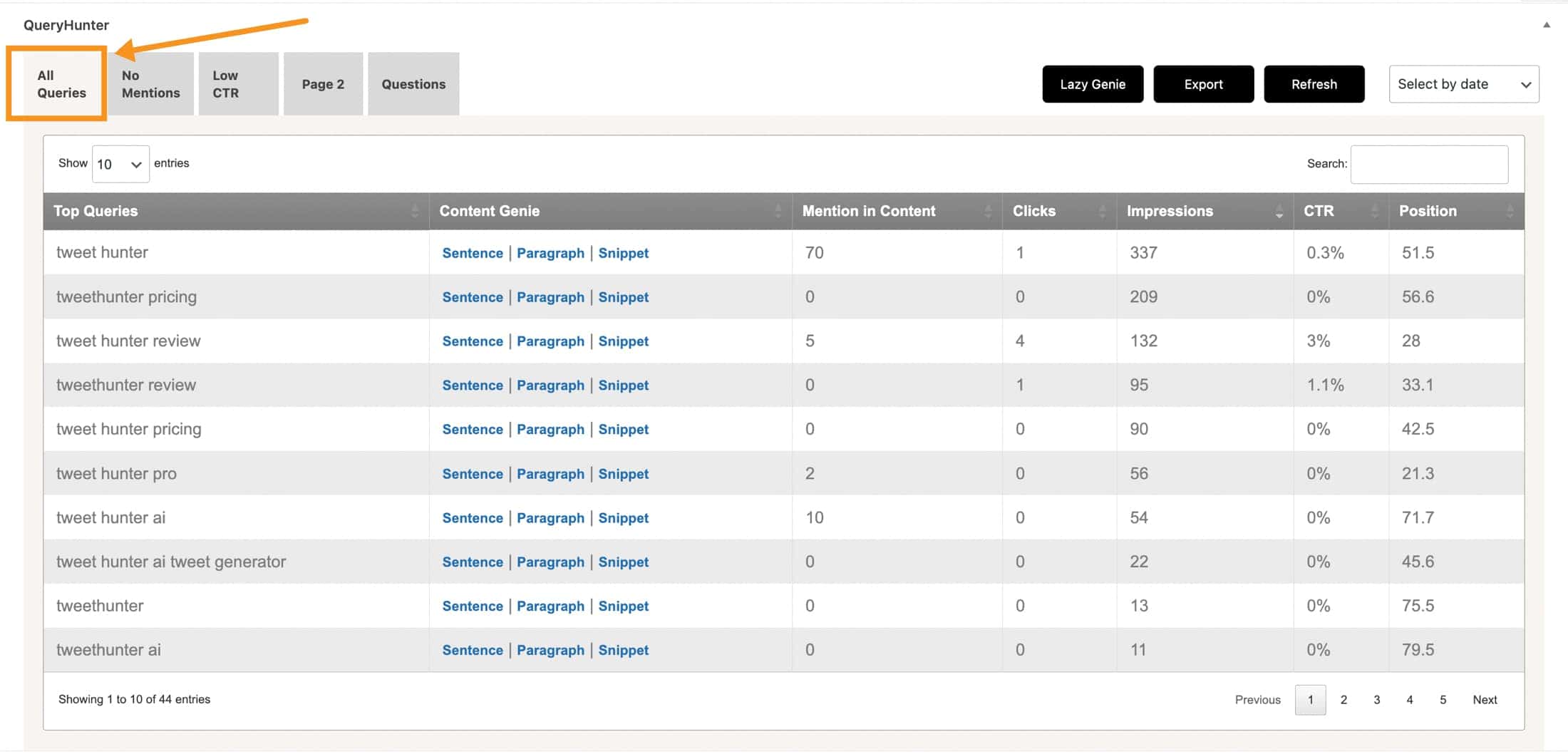
It's like having a quick way to make your old posts better and more interesting.
Using Query Hunter can make this job much faster and easier.
So, remember to give your posts a little update every now and then to keep things current and exciting.
14. Don't forget about technical issues
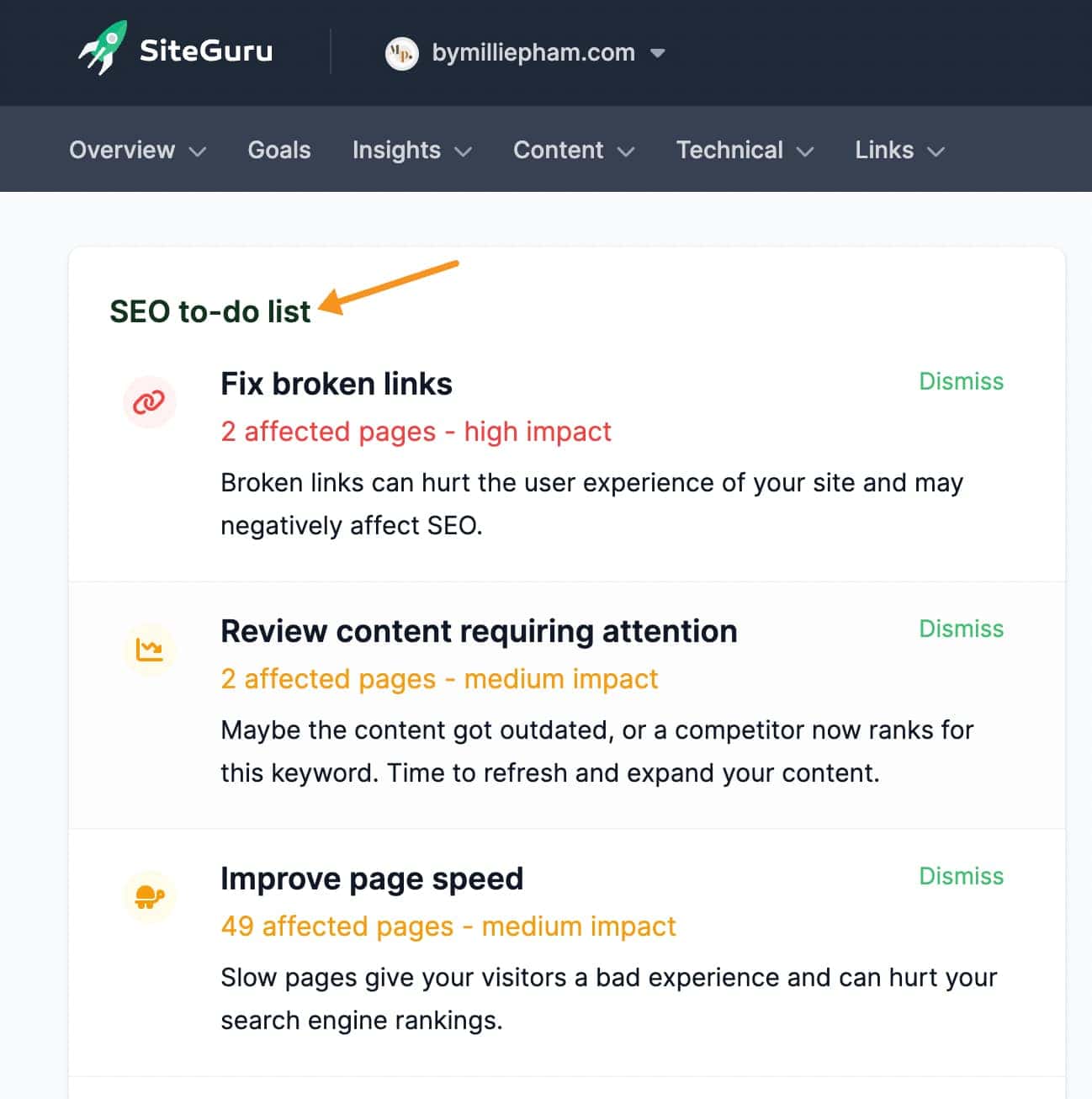
When running a blog, it's easy to focus all your energy on creating content and forget about technical issues.
But these issues can really affect your blog's success. For example, if your site loads slowly or has broken links, your readers might get frustrated and leave.
That's why using tools like Siteguru is so important.
Siteguru checks your blog for common technical problems. It looks at things like how fast your pages load, if there are any broken links, and if your website works well on mobile devices.
By catching these issues early, you can fix them and make sure your blog runs smoothly. This keeps your readers happy and helps your blog do better.
15. Develop an email list from the beginning
Even if you're just beginning and have only a few readers, having an email list is worth it.
It allows you to maintain a direct connection with your audience, sharing updates, new posts, or exclusive content.
The real beauty of an email list lies in its potential for the future. As your blog grows, this list becomes a powerful tool.
You might want to promote affiliate deals, sell a course, or offer exclusive services down the road. Having an established email list makes all these ventures more effective.
It's not just about keeping in touch; it's about laying the foundation for future opportunities and growth.
So, start building that list now – it will definitely pay off later.
Frequently Asked Questions
If I could turn back time, I would focus on building my topical authority through helpful and informative content rather than spreading the topic too thin. I would also make sure to come back and update old content regularly, as it can greatly improve search rankings and keep readers engaged with your blog.
It really depends on your niche and how much effort you put into promoting your blog. However, as a general rule of thumb, it's a good idea to focus on creating high-quality content first and not expect to make money until you have at least 100 posts on your blog.
Yes, blogging can still be a profitable business. While it may be challenging to break into the crowded blogosphere, there are many successful bloggers who make a substantial income from their blogs. Take Adam Enfroy, for example, who has turned his blog into a multi-million dollar business. He began his blog in 2019 and quickly gained traction by providing valuable content in the form of in-depth reviews, tutorials, and guides.
Final Thoughts
I hope these blogging tips have been helpful in guiding you on your blogging journey. Starting a successful blog takes time, effort, and patience.
Don't be afraid to experiment and try new things, but also be willing to adjust and adapt as you go.
Above all, stay true to your voice and vision, and focus on creating valuable content for your readers.
With persistence and dedication, you can build a thriving blog that not only brings you joy and fulfillment but also helps you achieve your goals, whatever they may be.
Happy blogging!

